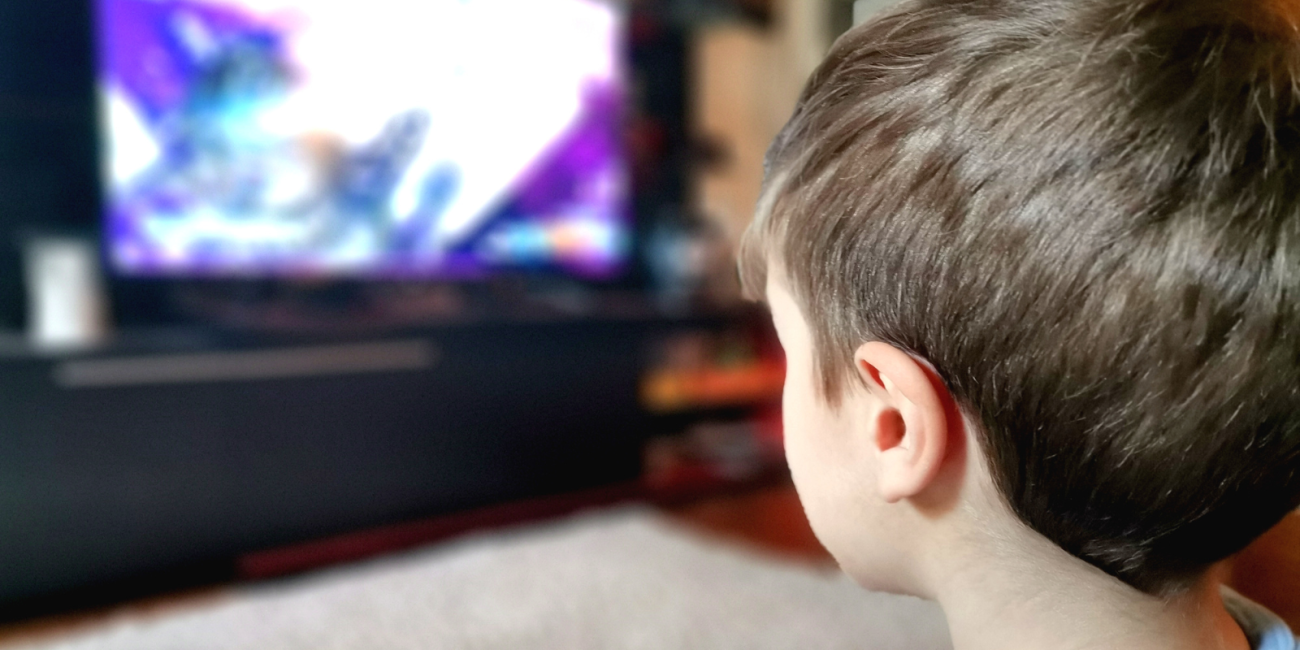
A recent trend on TikTok among mostly 'Montessori parents' is the switch to low-stimulating kids shows. This means no more Ms Rachel or Paw Patrol. Parents argue that low-stimulation TV shows reduce negative behaviours such as tantrums, hyperactivity and aggression. With over 100.3k views on the hashtag ‘nonstimulatingkidstvshows’, this switch is gaining popularity. Even classic, rather nostalgic, TV shows such as Mickey Mouse Clubhouse are being banned from kid’s screens - replaced by so-called low-stimulating shows instead.
But, how do you tell if a programme is over-stimulating or not? Well, Laura | Raisingalittleone on TikTok states that a good rule of thumb is to count the number of seconds between scene changes or cuts - if it’s under 4 seconds, it could be overstimulating. It also depends on whether there is fast pacing and lots of camera effects such as zooming. Finally, if there are lots of unnatural vibrant colours, it could also be over-stimulating.
This is a tough criterion, meaning loved shows such as Bluey, which is often hailed for its moral lessons and heart-touching scenes are being called overstimulating. It’s not hard to see why, with the blue dogs and bright backgrounds. This has caused controversy between parents who adore the show and those who think the chaotic and exaggerated scenes are too overstimulating. Other shows, such as Peppa Pig, are also controversial, with many stating that the show teaches children to misbehave, like the main character, Peppa. One example of this is the constant fat shaming of Daddy Pig, commenting on his big belly. This show also has bright, unnatural colours, leading to possible overstimulation.
So, what shows make the cut? With one search on TikTok, you can access endless lists of low-stimulating TV shows. Some include Trash Truck, Sarah and Duck, and Puffin Rock.
Out of interest, I compared an episode of Puffin Rock with an episode of Cocomelon. I compared Cocomelon’s ‘Kitty Cat Song’ With Puffin Rock’s ‘Back to The Pond’. Within the first few seconds of Cocomelon, there are loud noises and bright colours, compared with Puffin Rock, which is much calmer with muted colours. Cocomelon featured many scene cuts, most paired with a zoom. Some cuts were only 2 seconds long. Meanwhile, Puffin Rock featured much fewer scene cuts with barely any camera effects. I also noticed that Cocomelon was much louder than Puffin Rock, despite having them at the same level of volume. The colours of Cocomelon aren’t unnatural per se but are certainly more vibrant than Puffin Rock’s cool and earthy tones.
In conclusion, many classic and loved TV shows are now being blamed by some for misbehaviour, causing parents to opt for calmer shows. It’s important to monitor your children’s screen time and make sure they are getting the most out of it they can, but there are many different factors that can contribute to a child's behaviour, and it’s ultimately up to each individual parent or carer to decide what is good for their child.
Content Disclaimer: The views & opinions expressed in this article are those of the author and do not necessarily reflect the views of VoiceBox, affiliates, and our partners. We are a nonpartisan platform amplifying youth voices on the topics they are passionate about.
Support Young Creators Like This One!
VoiceBox is a platform built to help young creators thrive. We believe that sharing thoughtful, high-quality content deserves pay even if your audience isn’t 100,000 strong.
But here's the thing: while you enjoy free content, our young contributors from all over the world are fairly compensated for their work. To keep this up, we need your help.
Will you join our community of supporters?
Your donation, no matter the size, makes a real difference. It allows us to:
- Compensate young creators for their work
- Maintain a safe, ad-free environment
- Continue providing high-quality, free content, including research reports and insights into youth issues
- Highlight youth voices and unique perspectives from cultures around the world
Your generosity fuels our mission! By supporting VoiceBox, you are directly supporting young people and showing that you value what they have to say.





